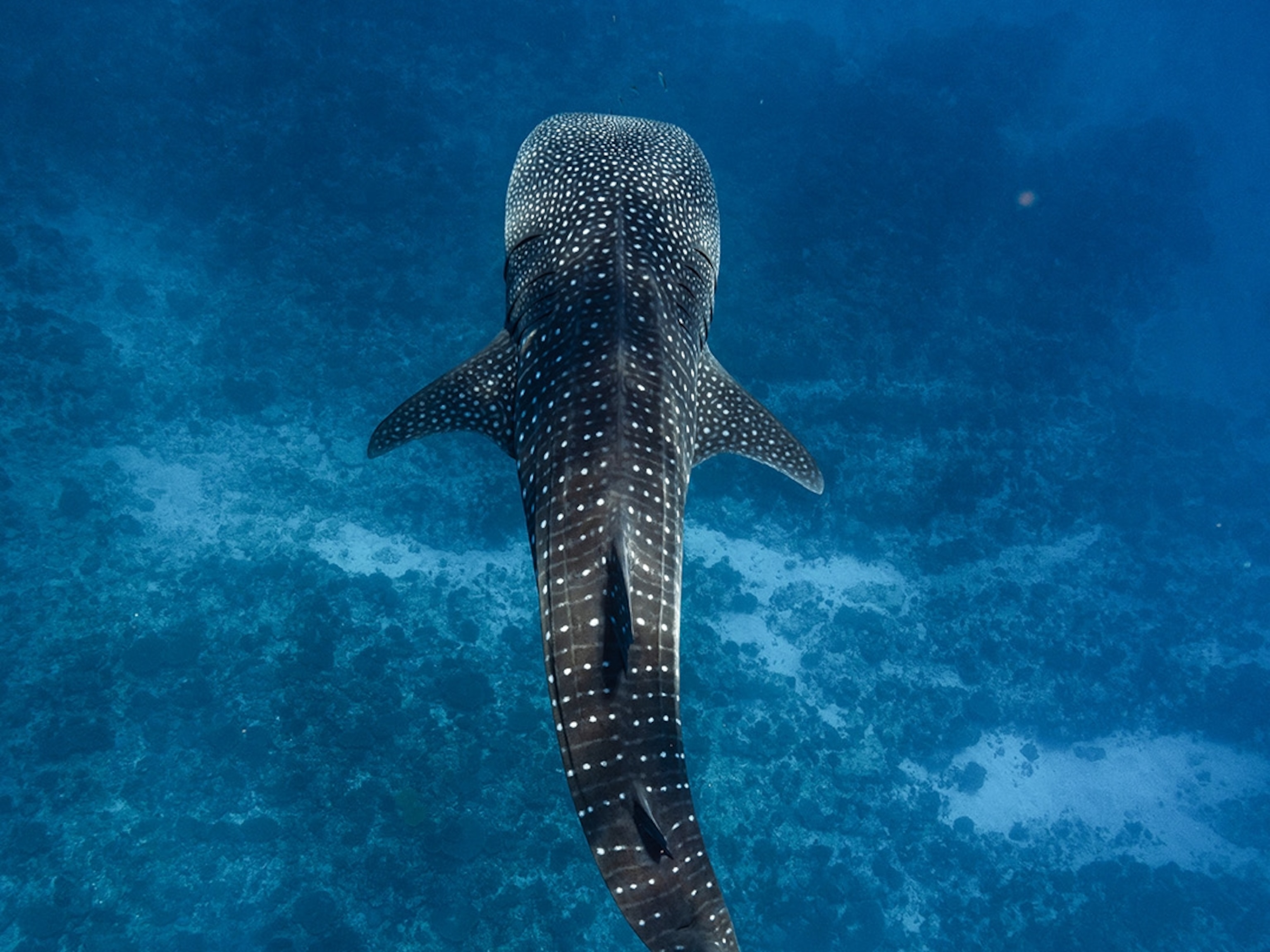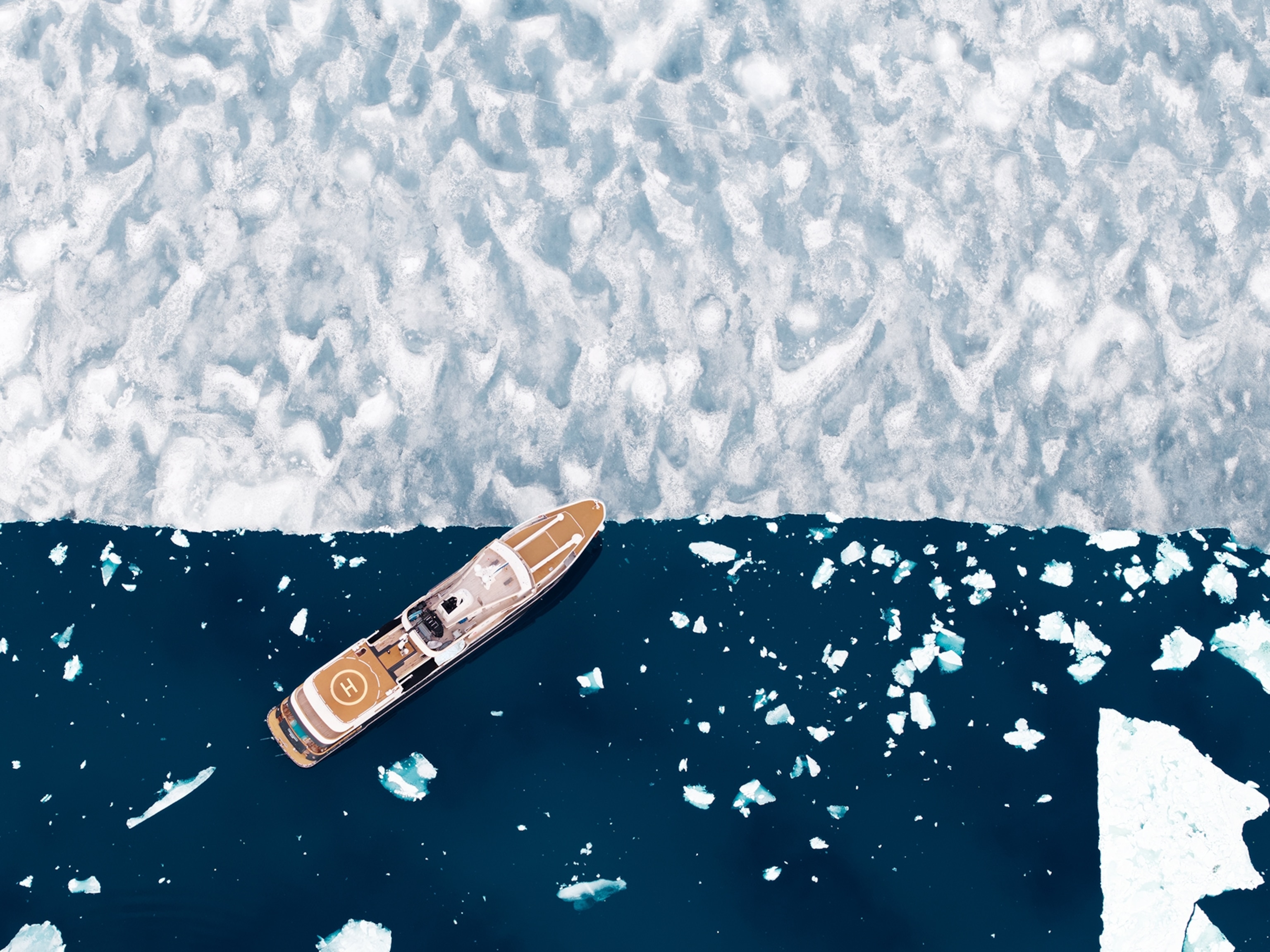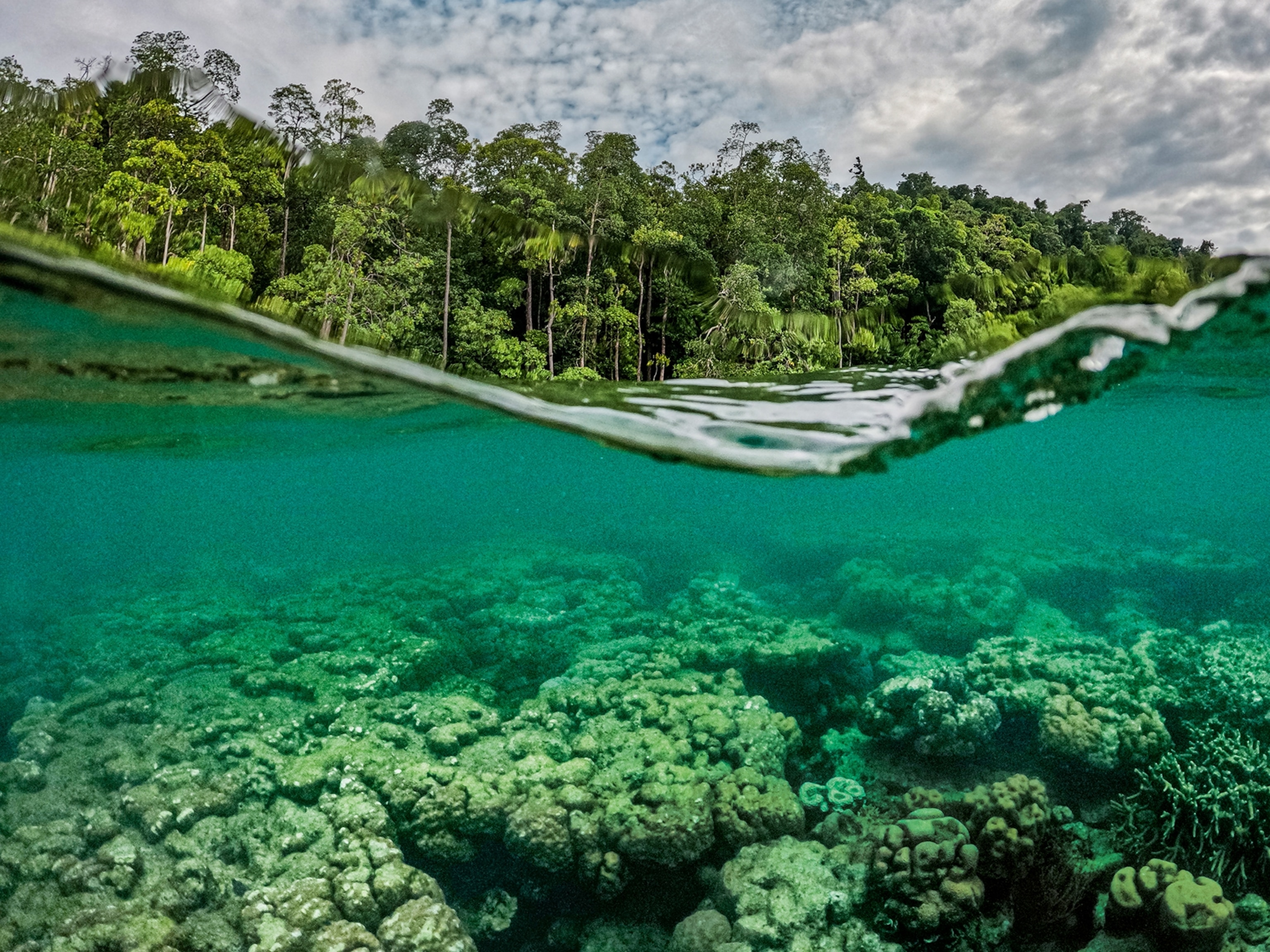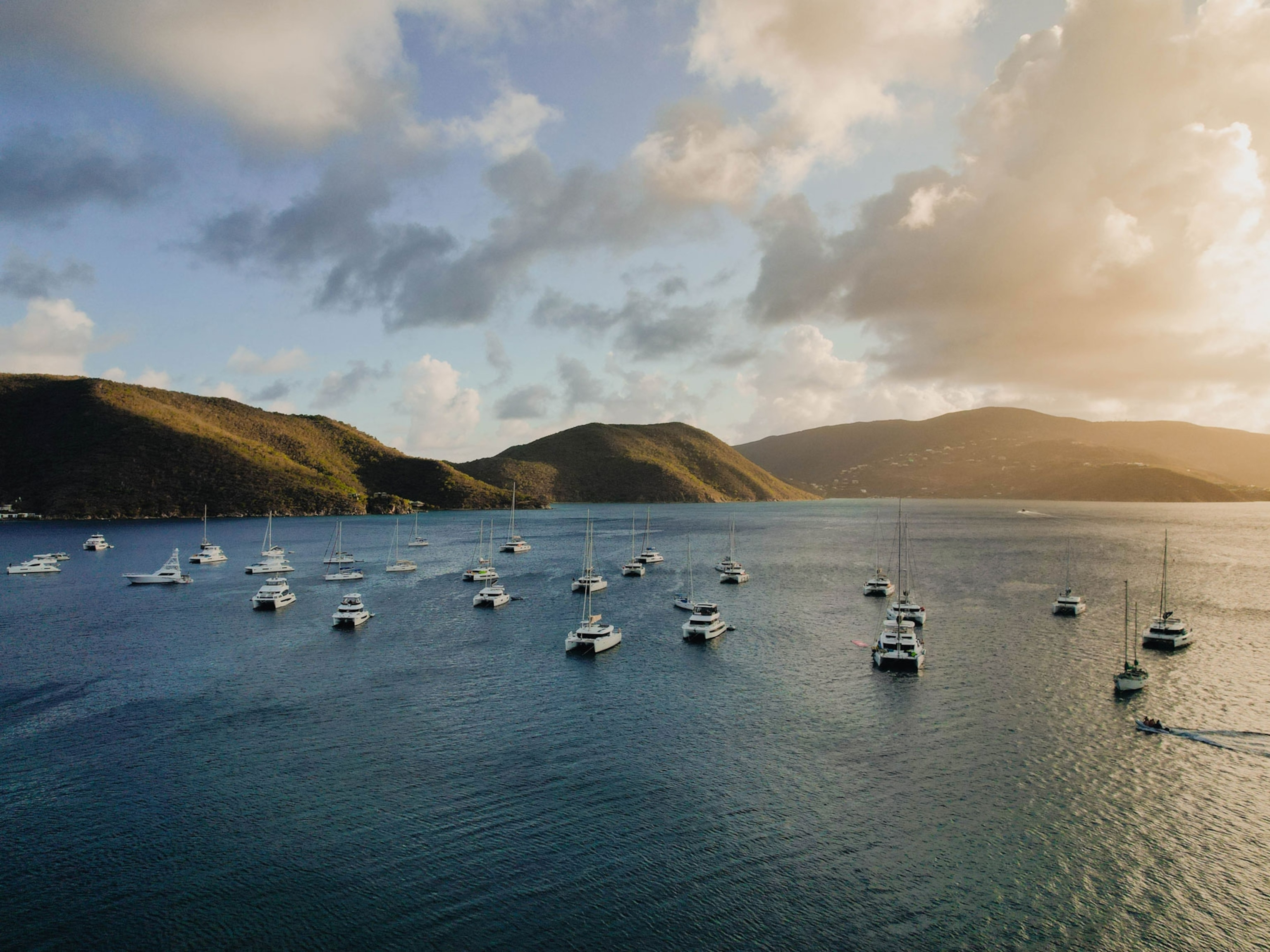
The gentle giants of Hanifaru Bay, Maldives
Every year, a unique marine phenomenon occurs in the Maldives’ Hanifaru Bay. A local diving instructor talks about this congregation of manta rays and his underwater world
Turquoise lagoons, palm tree-laden islands and overwater villas mark the surface of this Indian Ocean archipelago. But marine lovers argue it’s what's below that’s even more intriguing. In the eastern edge of the northern Baa Atoll, lies Hanifaru Bay, a place where hundreds of manta rays congregate to gorge themselves in the plankton-rich waters. Owner of Ocean Fanatics, Mohamed Siraj Ahmed, locally known as ‘Sidey the Shark’, reveals what it’s like to be a dive instructor in this area and what visitors can expect when witnessing this ocean phenomenon.
What makes the Maldives so unique for marine life?
The crystalline waters of the Indian Ocean are home to a plethora of diverse sea life, from numerous corals to over 2,000 species of fish. The northern Baa Atoll is a particularly great example of this and was declared a Biosphere Reserve by UNESCO in 2011. Here, you can snorkel and scuba dive and have an enriching experience. The area is known for its mangroves, hard and soft corals, reef-associated fish species, marine turtles and manta rays and whale sharks.
What happens at Hanifaru Bay?
Located in Baa Atoll, Hanifaru Bay is famous for being a nursery ground for grey sharks. However, from mid-May until December, the reef acts like a funnel, filling up with plankton, attracting hundreds of manta rays to feed. This happens due to the unique structure of the bay’s outer reef — strong tides overcome the force of the monsoonal current, sucking plankton-rich water from the depths outside the atoll back into the shallow channels. These currents form a back eddy or reverse current, that traps and concentrates plankton inside Hanifaru Bay. When I first went, I couldn’t even count how many mantas there were. I was beside myself with excitement!
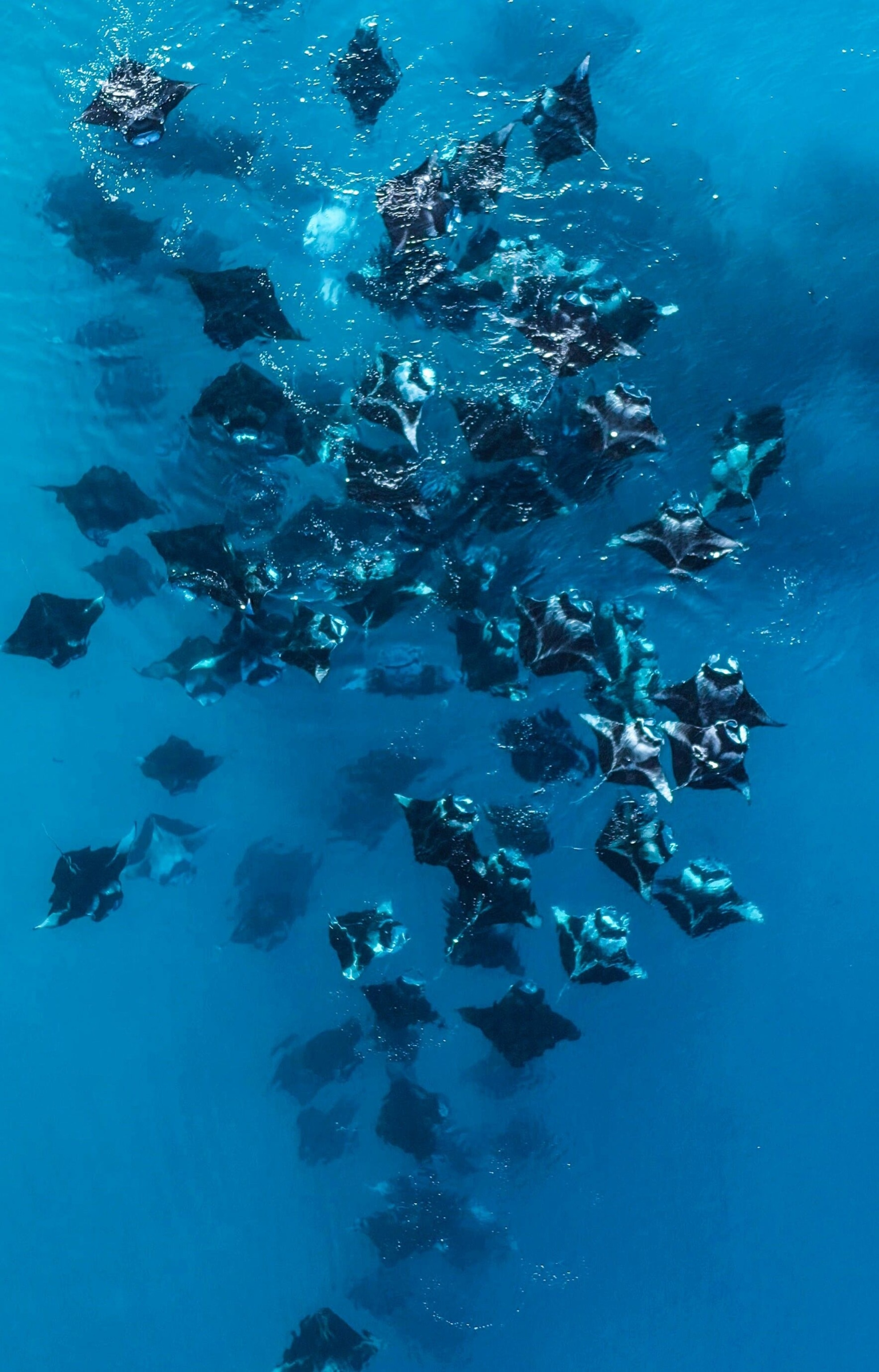
What makes this event so unique?
Manta rays usually feed in a calm, patterned behaviour, swimming close to the surface to funnel their food. However, due to the confined space and sheer numbers at Hanifaru Bay, this natural hierarchy breaks down, resulting in a disorganised, bumper car-like performance, where a feeding frenzy ensues. I don’t know any other place in the world where they come to feed like this every year, it’s a real sight to behold.
Are precautions taken to safeguard the bay?
It’s a protected UNESCO Biosphere Reserve, so they have rangers patrolling the bay. Diving is prohibited and only five boats are allowed at a time, each with 45 minutes inside. Every group must adhere to a strict speed limit and go with a certified guide who’s taken an exam to guide there.
Are there any marine conservation initiatives helping to protect this site?
Through photo identification, the Maldivian Manta Ray Project, organised by Manta Trust, has recorded over 1,800 individuals at Hanifaru Bay during the last 15 years. If we find any mantas, we take pictures, pass the IDs to the team and they do all the tracking (the bottom of the manta rays have these natural dots which they use to identify each individual). Such regulations and management initiatives are vital in conserving the Maldives manta ray population.
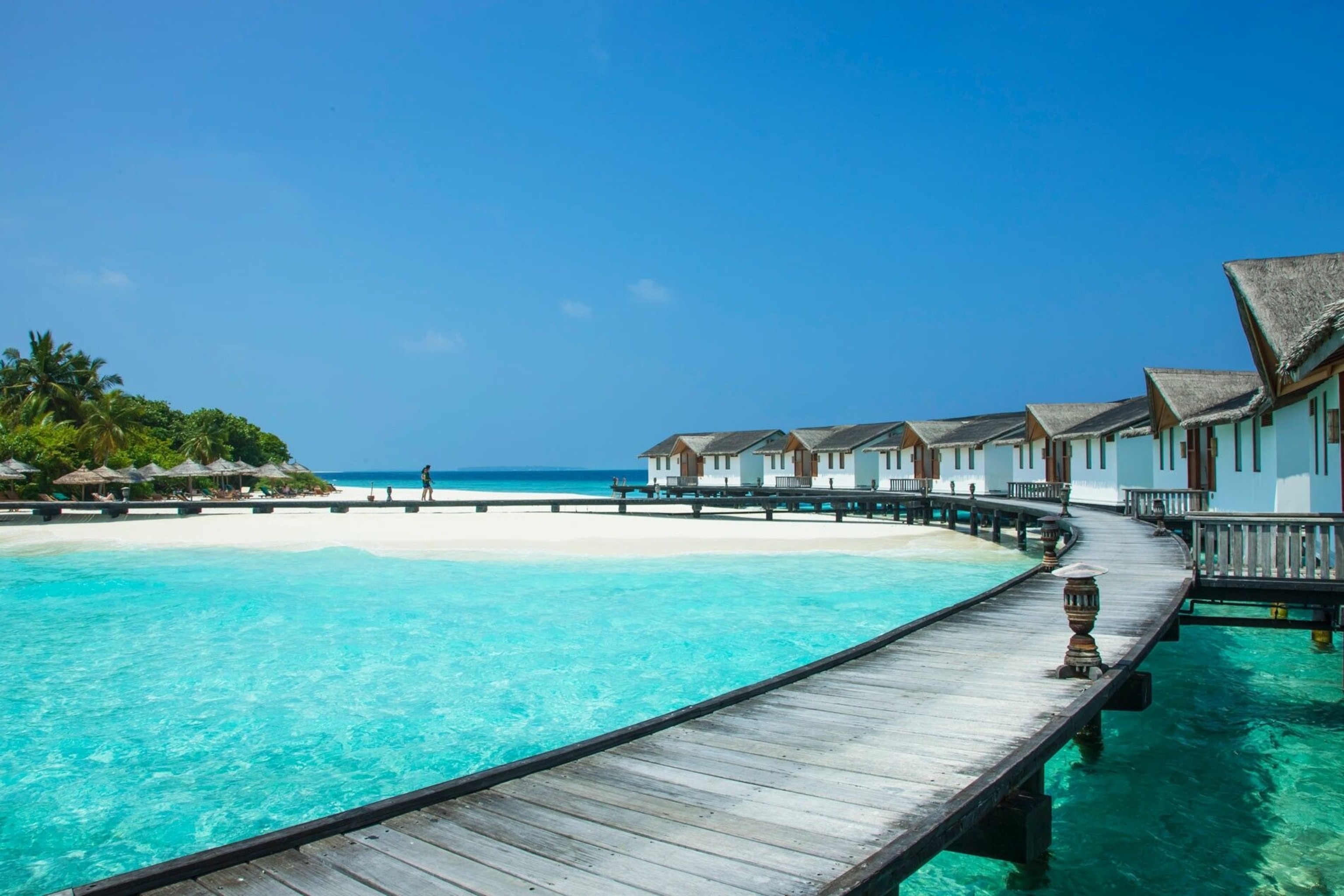
Plan your trip
Reethi Beach Resort is located 5.7 miles from Hanifaru Bay and provides boat trips there with a certified guide. The resort has 129 rooms split into seven categories ranging from sunrise villas to its signature two-bedroom suites. It also has five restaurants, five bars, a spa and an Ocean Fanatics dive centre. For more information and to book your stay, visit reethibeach.com
Find National Geographic Traveller (UK) on social media
